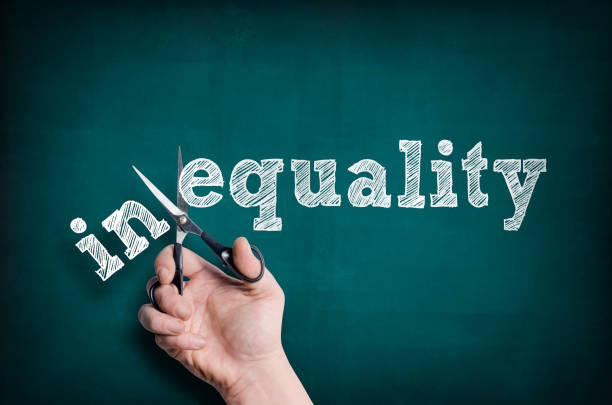Health inequality refers to the unfair and avoidable differences in health status seen between different population groups. These disparities often arise from social, economic, and environmental factors that limit access to quality healthcare, healthy food, safe housing, and education.
While health inequality might seem like a distant issue affecting only marginalized groups, its effects ripple throughout society, impacting everyone. Understanding why health inequality matters to all of us is the first step toward building a healthier, more equitable future.
What Causes Health Inequality?
Health inequality stems from a complex web of factors that often overlap:
- Socioeconomic status: People with lower income and education often face barriers to healthcare access and healthy living conditions.
- Geography: Rural areas and underserved urban neighborhoods frequently have fewer healthcare facilities and providers.
- Race and ethnicity: Systemic discrimination and historical inequities contribute to worse health outcomes in many minority communities.
- Environment: Exposure to pollution, unsafe housing, and lack of green spaces disproportionately affect disadvantaged groups.
- Education: Lower health literacy can lead to poor health choices and difficulty navigating healthcare systems.
Why Health Inequality Matters to Society
1. Economic Costs Are Shared
Poor health in any segment of the population drives up healthcare costs for everyone. When large groups suffer from preventable diseases due to unequal access, it leads to increased hospital visits, chronic illness management, and lost productivity. This places a strain on public health systems, insurance providers, and taxpayers.
2. Infectious Diseases Don’t Respect Boundaries
Health disparities can exacerbate the spread of infectious diseases. Communities with limited healthcare access may experience outbreaks that quickly spread beyond their borders. COVID-19 showed us how interconnected our health really is, emphasizing the need for equitable healthcare access everywhere.
3. Social Stability and Cohesion
Health inequality fuels social divisions, frustration, and mistrust. When people feel excluded from basic services, it can lead to social unrest and lower community cohesion. A society that invests in equitable health is investing in harmony and long-term stability.
4. Moral and Ethical Responsibility
Beyond economics and social order, there is a fundamental ethical imperative to ensure everyone has the opportunity to live a healthy life. Health is a human right, not a privilege, and closing gaps in care aligns with values of justice and fairness.
How Health Inequality Manifests
- Higher rates of chronic diseases like diabetes, heart disease, and asthma in disadvantaged groups
- Increased infant mortality and lower life expectancy among marginalized populations
- Limited access to preventive services, such as vaccinations and cancer screenings
- Poor mental health outcomes tied to socioeconomic stressors
- Barriers to healthy foods and recreational spaces leading to obesity and related conditions
What Can Be Done to Address Health Inequality?
1. Improve Access to Quality Healthcare
Expanding healthcare coverage and ensuring clinics are accessible in underserved areas helps reduce barriers. Mobile health units, telemedicine, and community health workers are valuable tools to reach more people.
2. Address Social Determinants of Health
Healthcare alone isn’t enough. Policies that improve education, housing, employment, and transportation have a direct impact on health outcomes.
3. Promote Health Literacy
Educational programs that empower people to understand health information and navigate healthcare systems can bridge gaps caused by misinformation or confusion.
4. Encourage Community Engagement
Working with local leaders and organizations to develop culturally sensitive health interventions builds trust and effectiveness.
5. Implement Policy Changes
Governments can play a major role by enacting policies that promote equity, such as subsidized healthcare, anti-discrimination laws, and investment in social services.
Why It Benefits Everyone to Close the Gap
When health inequality narrows, entire communities thrive. Healthier populations mean:
- Lower healthcare spending and insurance premiums
- Higher productivity and economic growth
- Stronger, more resilient communities
- Reduced burden on emergency services
- Improved quality of life for all citizens
Ultimately, no one is truly healthy unless everyone is healthy.
Final Thoughts
Health inequality is a critical issue that affects not just marginalized groups but society as a whole. It touches on economics, ethics, social cohesion, and public safety. By recognizing its importance and committing to comprehensive solutions, we can build a future where everyone has the opportunity to achieve optimal health.

